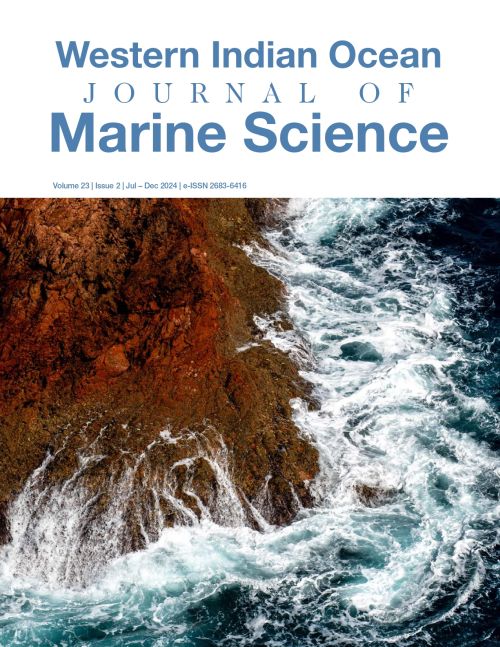Main Article Content
Economic viability of seaweed and sea cucumber culture using integrated multitrophic aquaculture systems in Zanzibar, Tanzania
Abstract
The viability of co-culturing seaweed and sea cucumbers in Zanzibar, Tanzania, was assessed using integrated multitrophic aquaculture (IMTA) systems with oyster and recirculating aquaculture systems with milkfish. Seaweed production was affected by the ice-ice disease, resulting in specific growth rates of 1.32 to -1.96 % d-1. Nitrogen content in the seaweed thallus and inorganic nutrient in the water indicated that seaweed could potentially be used as a biofilter. An economic analysis showed the economic viability of IMTA systems, co-culturing seaweed Kappaphycus alvarezii, sea cucumber Holothuria scabra and oyster Pinctada margaritifera, achieving a maximum benefit-cost ratio of 1.61 over one year. Interviews with local farmers on Zanzibar showed willingness to accept new aquaculture systems, but also highlighted constraints, including a lack of infrastructure, funds and expertise.







